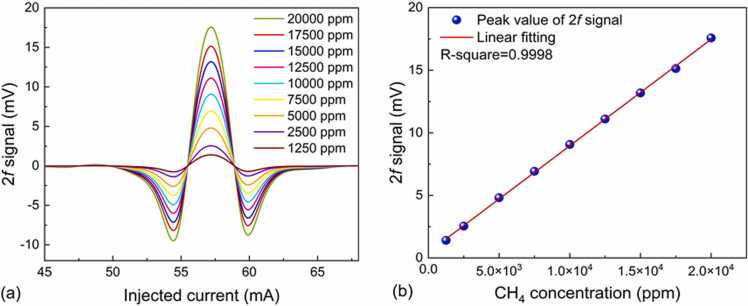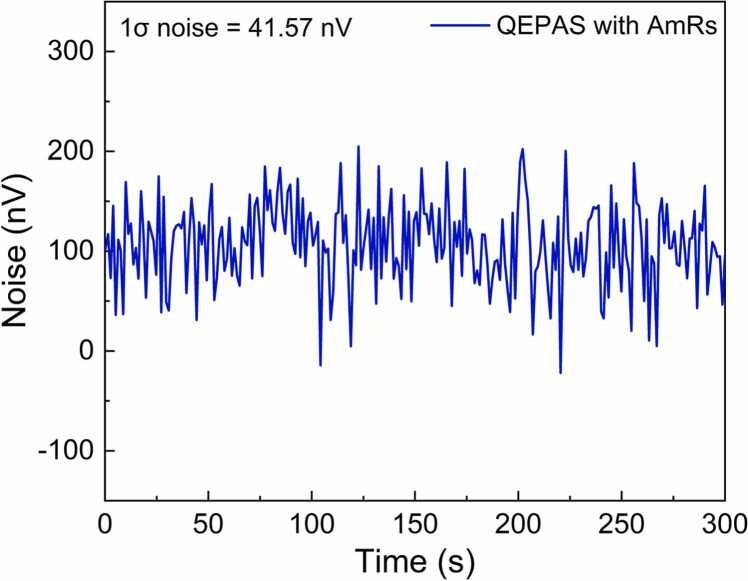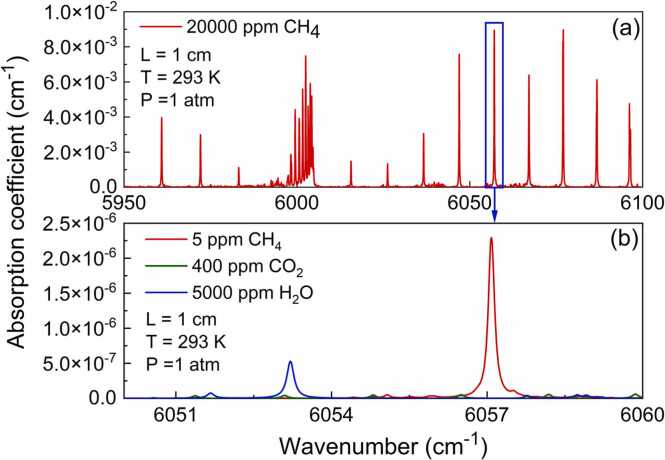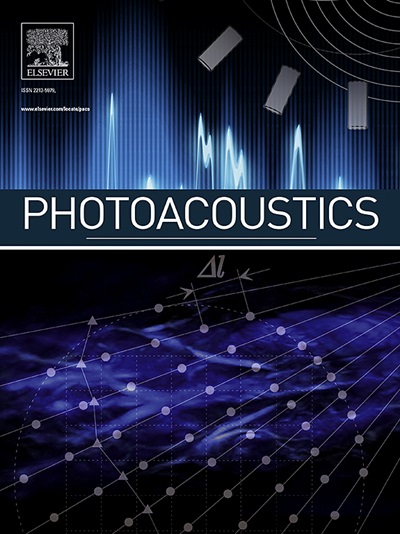A high sensitive methane QEPAS sensor based on self-designed trapezoidal-head quartz tuning fork and high power diode laser
IF 6.8
1区 医学
Q1 ENGINEERING, BIOMEDICAL
引用次数: 0
Abstract
A high sensitive methane (CH4) sensor based on quartz-enhanced photoacoustic spectroscopy (QEPAS) using self-designed trapezoidal-head quartz tuning fork (QTF) and high power diode laser is reported for the first time in this paper. The trapezoidal-head QTF with low resonant frequency (f0) of ∼ 9 kHz, serves as the detection element, enabling longer energy accumulation times. A diode laser with an output power of 10 mW is utilized as the excitation source. A Raman fiber amplifier (RFA) is employed to boost the diode laser power to 300 mW to increase the excitation intensity. Acoustic micro-resonators (AmRs) are designed and placed on both sides of the QTF to form an acoustic standing wave cavity, which increases the acoustic wave intensity and enhances the vibration amplitude of the QTF. Additionally, the long-term stability is analyzed by Allan deviation analysis. When the average time of the sensor system is increased to 150 s, the minimum detection limit (MDL) of the CH4-QEPAS sensor system can be improved to 15.5 ppb.



基于自制梯形头石英音叉和大功率二极管激光器的高灵敏度甲烷QEPAS传感器。
本文首次报道了一种基于石英增强光声光谱(QEPAS)的高灵敏度甲烷(CH4)传感器,该传感器采用自行设计的梯形头石英音叉(QTF)和大功率二极管激光器。具有低谐振频率(f0)的~ 9 kHz的梯形头QTF作为检测元件,可以实现更长的能量积累时间。利用输出功率为10 mW的二极管激光器作为激发源。采用拉曼光纤放大器(RFA)将二极管激光功率提高到300 mW,以提高激发强度。在QTF两侧设计声学微谐振器,形成声驻波腔,增加了QTF的声波强度,增强了QTF的振动幅值。此外,采用Allan偏差分析对其长期稳定性进行了分析。当传感器系统的平均时间增加到150 s时,CH4-QEPAS传感器系统的最小检测限(MDL)可以提高到15.5 ppb。
本文章由计算机程序翻译,如有差异,请以英文原文为准。
求助全文
约1分钟内获得全文
求助全文
来源期刊

Photoacoustics
Physics and Astronomy-Atomic and Molecular Physics, and Optics
CiteScore
11.40
自引率
16.50%
发文量
96
审稿时长
53 days
期刊介绍:
The open access Photoacoustics journal (PACS) aims to publish original research and review contributions in the field of photoacoustics-optoacoustics-thermoacoustics. This field utilizes acoustical and ultrasonic phenomena excited by electromagnetic radiation for the detection, visualization, and characterization of various materials and biological tissues, including living organisms.
Recent advancements in laser technologies, ultrasound detection approaches, inverse theory, and fast reconstruction algorithms have greatly supported the rapid progress in this field. The unique contrast provided by molecular absorption in photoacoustic-optoacoustic-thermoacoustic methods has allowed for addressing unmet biological and medical needs such as pre-clinical research, clinical imaging of vasculature, tissue and disease physiology, drug efficacy, surgery guidance, and therapy monitoring.
Applications of this field encompass a wide range of medical imaging and sensing applications, including cancer, vascular diseases, brain neurophysiology, ophthalmology, and diabetes. Moreover, photoacoustics-optoacoustics-thermoacoustics is a multidisciplinary field, with contributions from chemistry and nanotechnology, where novel materials such as biodegradable nanoparticles, organic dyes, targeted agents, theranostic probes, and genetically expressed markers are being actively developed.
These advanced materials have significantly improved the signal-to-noise ratio and tissue contrast in photoacoustic methods.
 求助内容:
求助内容: 应助结果提醒方式:
应助结果提醒方式:


